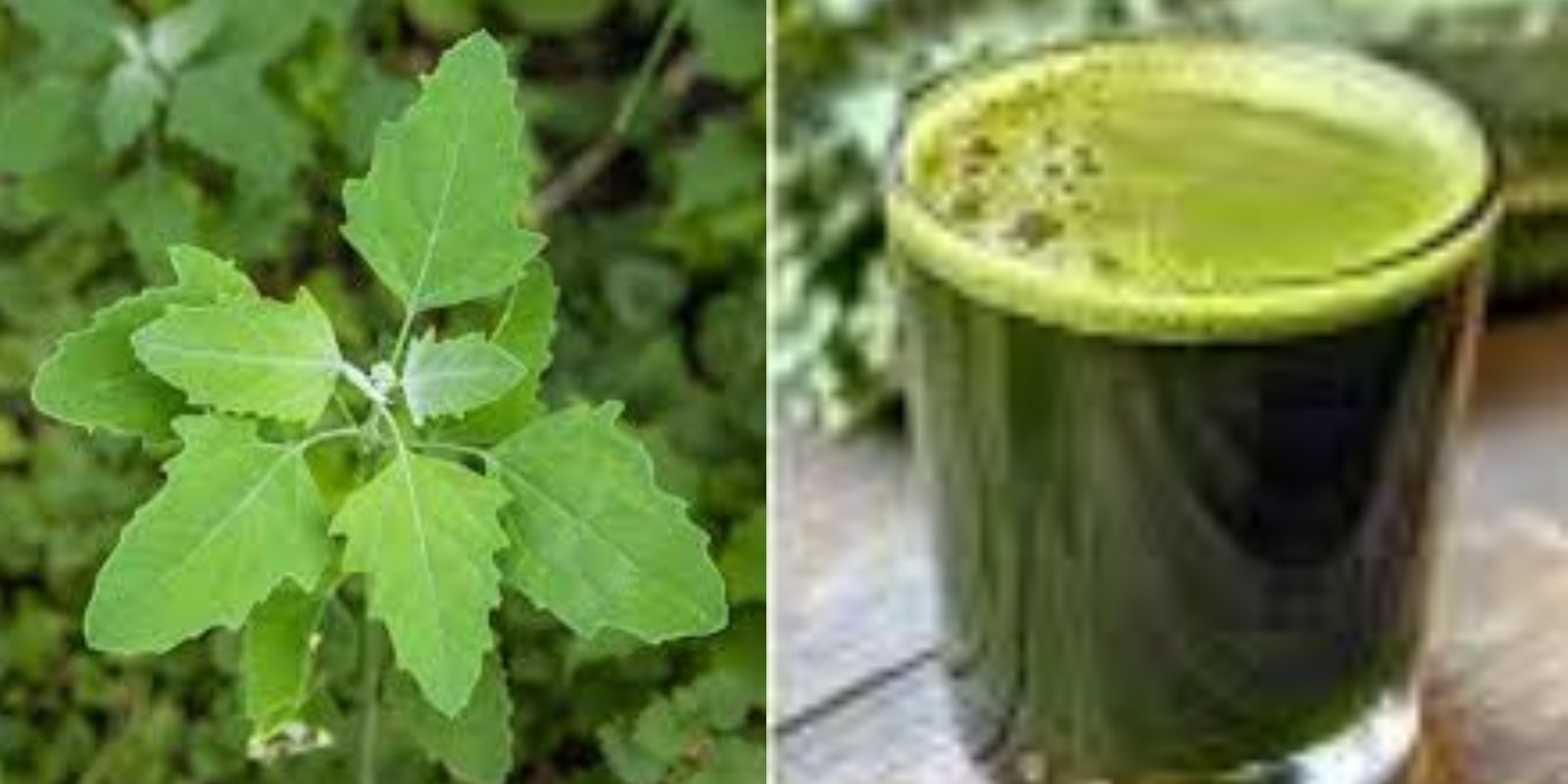When most people think of weeds, they picture pesky, unwanted plants overtaking their lawns or gardens. But not all weeds are created equal. Lamb’s Quarters (Chenopodium album), often dismissed as a simple nuisance, is one of nature’s hidden treasures. This unpretentious plant, sometimes called wild spinach, is a nutrient-packed superfood, a soil enhancer, and a delightful surprise for those willing to explore its benefits.
In this article, we’ll delve into the fascinating world of Lamb’s Quarters, exploring its history, uses, and the many reasons it deserves a place in your garden or on your plate.
What Is Lamb’s Quarters?
Lamb’s Quarters is a fast-growing annual plant that thrives in disturbed soils. It is commonly found in gardens, roadsides, and open fields. Often mistaken for a weed, this plant has been consumed for centuries in various cultures for its incredible nutritional value.
It has smooth, gray-green leaves with a powdery white coating on the undersides, particularly on new growth. The plant grows upright, with a height ranging from 1 to 6 feet, depending on conditions.
Why Lamb’s Quarters Deserves Your Attention
- Nutritional Powerhouse:
Lamb’s Quarters is a highly nutritious plant, rivaling or even surpassing spinach in its content of calcium, iron, magnesium, and vitamins A and C. Its seeds are also a good source of protein and omega-3 fatty acids. - Culinary Versatility:
Its tender young leaves and stems are perfect for soups, salads, sautés, and smoothies. When cooked, it has a mild, spinach-like flavor that pairs well with a variety of dishes. - Ecological Benefits:
This plant improves soil health by preventing erosion and providing habitat for beneficial insects. It also acts as a natural mulch, enriching the soil with organic matter when it decomposes. - Foraging and Sustainability:
Foraging Lamb’s Quarters reduces food waste and promotes sustainable living. It’s a free, readily available food source that often grows without additional care.
How to Identify Lamb’s Quarters
Proper identification is key before using any wild plant. Here are some distinguishing features:
- Leaves: Triangular or diamond-shaped with slightly toothed edges, often powdery underneath.
- Stems: May be green, red, or purple-tinted, with grooves running lengthwise.
- Flowers: Small, green clusters at the top of the plant.
- Powdery Coating: A characteristic silvery or white coating, particularly on young leaves.
Cultivating Lamb’s Quarters in Your Garden
Though Lamb’s Quarters often appears naturally, you can intentionally grow it for consistent access to its benefits.
- Select a Location:
Choose a sunny spot with well-draining soil. Lamb’s Quarters adapts to various soil types but thrives in nutrient-rich areas. - Planting:
Sow seeds directly into the soil in early spring. Lightly cover them with soil and keep the area moist until germination. - Watering:
This plant is drought-tolerant but benefits from occasional watering during dry periods to encourage lush growth. - Maintenance:
Thin seedlings to about 6-8 inches apart to give them space to grow. Weed regularly to prevent overcrowding.
How to Harvest Lamb’s Quarters
- Timing:
Harvest young leaves and stems in spring or early summer before the plant flowers. Older leaves can become bitter. - Tools:
Use sharp scissors or pruning shears to snip leaves and tender stems. - Storage:
Freshly harvested leaves can be stored in the refrigerator for up to a week. For long-term use, blanch and freeze them.
Culinary Uses of Lamb’s Quarters
Lamb’s Quarters is a versatile ingredient that can elevate many dishes:
- Salads: Toss fresh leaves with a light vinaigrette for a nutrient-dense salad.
- Soups and Stews: Add it as a green to enhance flavor and nutrition.
- Sautés: Sauté with garlic and olive oil as a side dish.
- Smoothies: Blend into smoothies for a boost of vitamins and minerals.
- Baking: Use seeds as a topping for bread or baked goods.
Environmental Benefits of Lamb’s Quarters
Beyond its culinary uses, Lamb’s Quarters plays a significant role in supporting the ecosystem:
- Soil Enrichment: As it decomposes, the plant adds organic matter to the soil.
- Erosion Control: Its deep roots stabilize soil and prevent erosion.
- Pollinator Support: Flowers attract beneficial insects like bees and butterflies.
Safety and Precautions
While Lamb’s Quarters is generally safe to consume, consider these precautions:
- Avoid Overharvesting:
Leave enough plants in the area to allow for natural regrowth. - Wash Thoroughly:
Wash leaves thoroughly to remove dirt, insects, or potential contaminants. - Oxalates:
Like spinach, Lamb’s Quarters contains oxalates, which can interfere with calcium absorption. People prone to kidney stones should consume it in moderation.
Using Lamb’s Quarters Beyond Food
- Compost Material:
Add leftover plant material to your compost bin for nutrient-rich compost. - Mulch:
Use cuttings as mulch around your garden to retain soil moisture and suppress weeds. - Livestock Feed:
Chickens and other livestock enjoy eating Lamb’s Quarters, making it a free, nutritious feed option.
A Sustainable Weed or a Gift from Nature?
Lamb’s Quarters is much more than a “weed.” Its adaptability, nutritional value, and ecological benefits make it a valuable resource for gardeners, foragers, and environmental enthusiasts. Whether you’re growing it intentionally or learning to appreciate its wild beauty, this plant offers countless rewards.
Embrace Lamb’s Quarters in your garden or kitchen and discover why this humble plant has earned its place in gardens and kitchens worldwide.
What’s your experience with Lamb’s Quarters? Let us know in the comments!
#GardeningHacks #WildEdibles #ForagingLife #SustainableLiving #GrowYourOwn #OrganicGardening #NatureLovers

